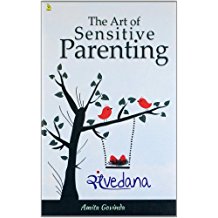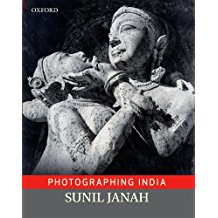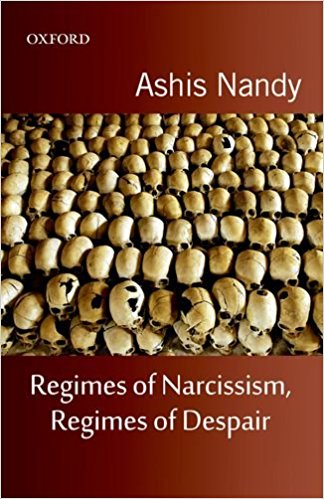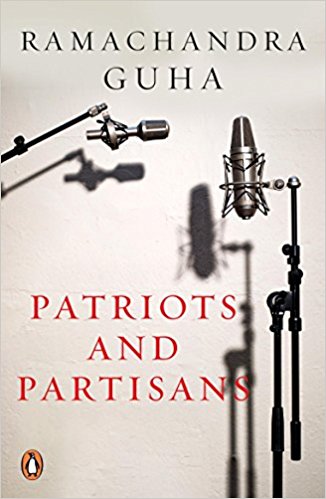Some years back, I found myself attending the farewell function of a sarkaari officer, a bureaucrat. The usual white-cloth covered chairs, the podium with a small shaky wood table, a vase of short stemmed officious looking desi roses and a red carpet on the stage. Like the tradition of speech delivery goes, the speeches started from the junior-most officers and slowly moved upwards, in peculiar babu English.
Archives
September 2013 . VOLUME 37, NUMBER 9The two volumes of Sahitya Akademi’s publication The Best of Indian Literature 1957-2007 is a must have collection for any connoisseur or even someone who is interested in Indian literature of the post-Independence period.
In Season 6 of the Game of Thrones, an American epic fantasy television drama series, an adaptation of A Song of Ice and Fire, George R. R. Martin’s series of fantasy novels, one of the characters Lord Baelish poignantly remarks, The realm You know what the realm is? Its a thousand blades of Aegons enemies, A story we agreed to tell each other over and over till we forget it was a lie
On the one hand there is reportage and investigative journalism. On the other, travel writing and adventure story telling.
Based on the innovative work carried out by the author in various schools and non-governmental organizations for the last fifteen years, the book gives the reader an insight into the world of children and how to look at the world through their eyes.
2013
The stone of the grand diamond itself is called knowledge. The light that spills out from it is called culture. The stone has gravity while the light has effulgence.1 Rabindranath Tagore, Sesher Kobita
This is the second edition of a collection of essays, which were first published by T.K. Oommen in 2007.
Sunil Janah’s Photographing India reminded me of Dziga Vertov’s Man With A Movie Camera. The photographer protagonist in the Russian avantgarde filmmaker’s iconic documentary is constantly on the move—shooting on the road; in the mines; at the dam; inside a factory; by the sea; in a park; or in a playground. Cranking his camera, he goes around tirelessly documenting the lives of Russia’s men and women, and the rhythm of its cities. Similarities between the film and Janah’s work just don’t end here.
Malavika Karlekar’s book is a series of snapshots—I use the term deliberately —of not just colonial and post-Independence India, but of the history of photography itself.
This book is an attempt to put together some of Professor Kuldeep Mathur’s research essays that focus on an analysis of India’s public policies in the pre- and post- 91 era.
n the past few years, India has witnessed a renewed interest in the category of criminal acts ranging from corruption to cases of violence against women.
The coming into force of the Protection of Women from Domestic Violence Act (PWDVA) in 2005 is a validation of the enormous struggle of the feminist movement in India.
Even after 66 years of Independence, it is difficult to imagine an India devoid of rules governing what can or cannot be publicly or creatively expressed, a scenario that could be described, for want of a better descriptive palate, as an agonizingly prevalent and multifaceted ‘culture of censorship’.
This book is the published version of what must have been an immensely diligent PhD thesis prepared for Jamia Millia Islamia, New Delhi. The book bears the marks of a thesis.
The back cover often plays an important role in the reader’s journey from picking up the book from a stack to making it to its last page. It’s so important that many a book and blog have been written for helping writers and publishers write the perfect back page, or ‘creating a killer back cover.’
Niraja Gopal Jayal’s Citizenship and Its Discontents: An Indian History presents what she variously calls a history of ideas, a genealogy, or a biography of citizenship in India. Standing as the proxy for ‘the Indian people’, citizenship is the tragic protagonist of her story. Every story of citizenship is, necessarily, also a story of the state.
This volume is a collection of fifteen essays on a bewildering array of themes, which range from a gossipy piece on factional feuds at the Nehru Memorial Museum and Library to a profound reflection on the state of universities in India.

















